
Cast iron cooking pots, pans and camp ovens are amongst man’s oldest cooking utensils and they are still popular with outdoor enthusiasts and in bush kitchens.
The pioneering Germans, who carried them into the US, told the locals that they were ‘Deutch Landers,’ but it was misunderstood, as the Americans thought they were Dutch, hence the name Dutch ovens.
When our founding fathers sailed into Botany Bay they carried these same Dutch ovens, known as camp ovens. A true Dutch/camp oven has an inverted lid (which acts as a frypan) and three tripod legs. If it does not have that, it’s an iron cooking pot and not a true camp oven, although it can be used as one. Camp ovens are no lightweights; they are heavy and the pioneers hung them under their wagons from the deck-support struts while travelling.
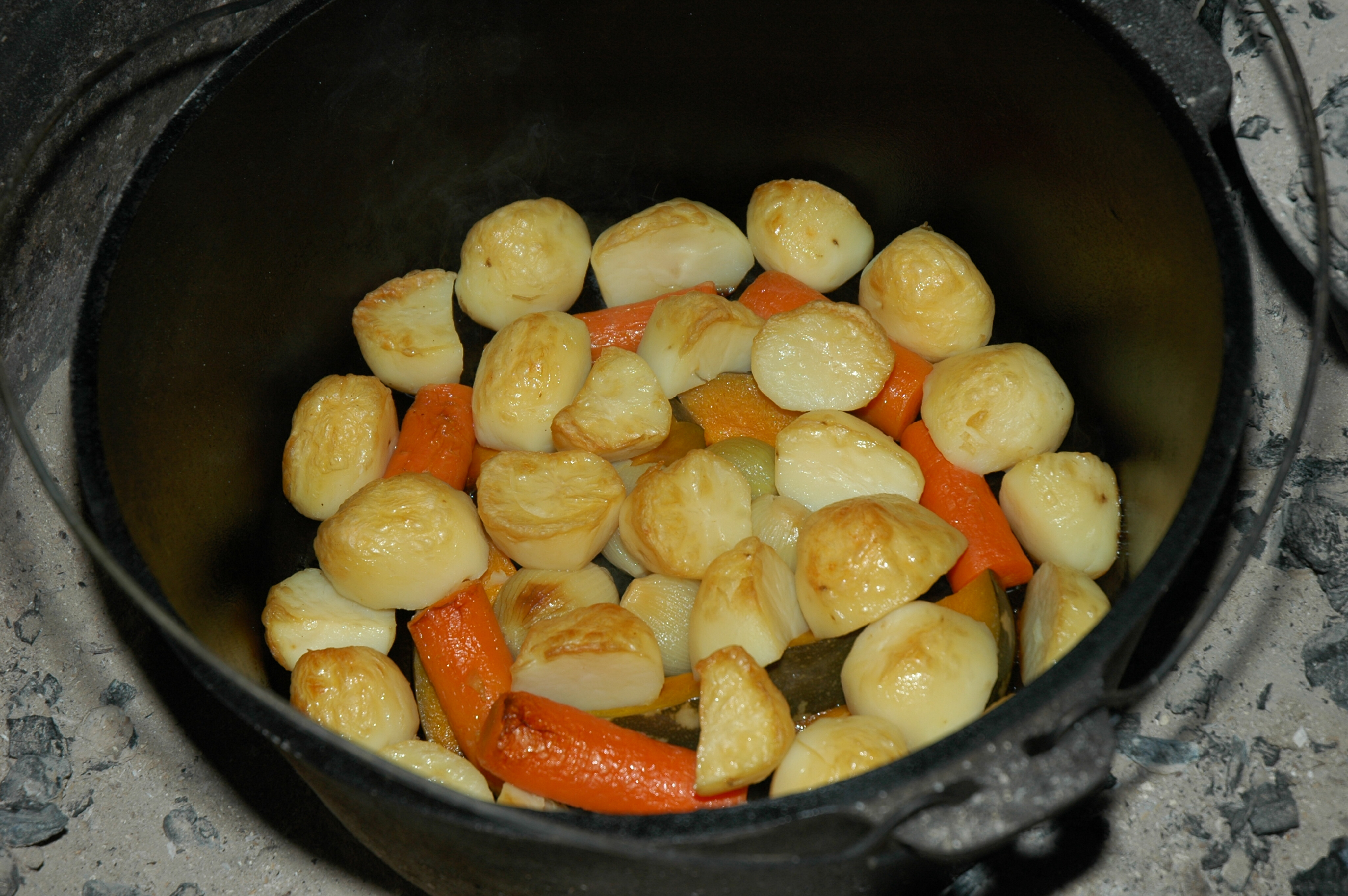
Camp ovens cook amazing meals, if you do your part, as they distribute and retain heat evenly. There is no better device to sear and slow-cook tasty meals, no matter what the ingredients are.
Most camp ovens come in various sizes ranging from 8-inches to 16-inches in diameter, although I have seen some as big as 36-inches in diameter that were used by station cooks on the Barkly Tableland, where some properties had 50 men in mustering camps.
Transporting an oven with tripod legs is difficult. It’s best boxed or the legs may rattle holes in your vehicle’s floor on corrugated roads and bush tracks. These days many camp oven kits sold in camping stores are cased in strong timber storage boxes.
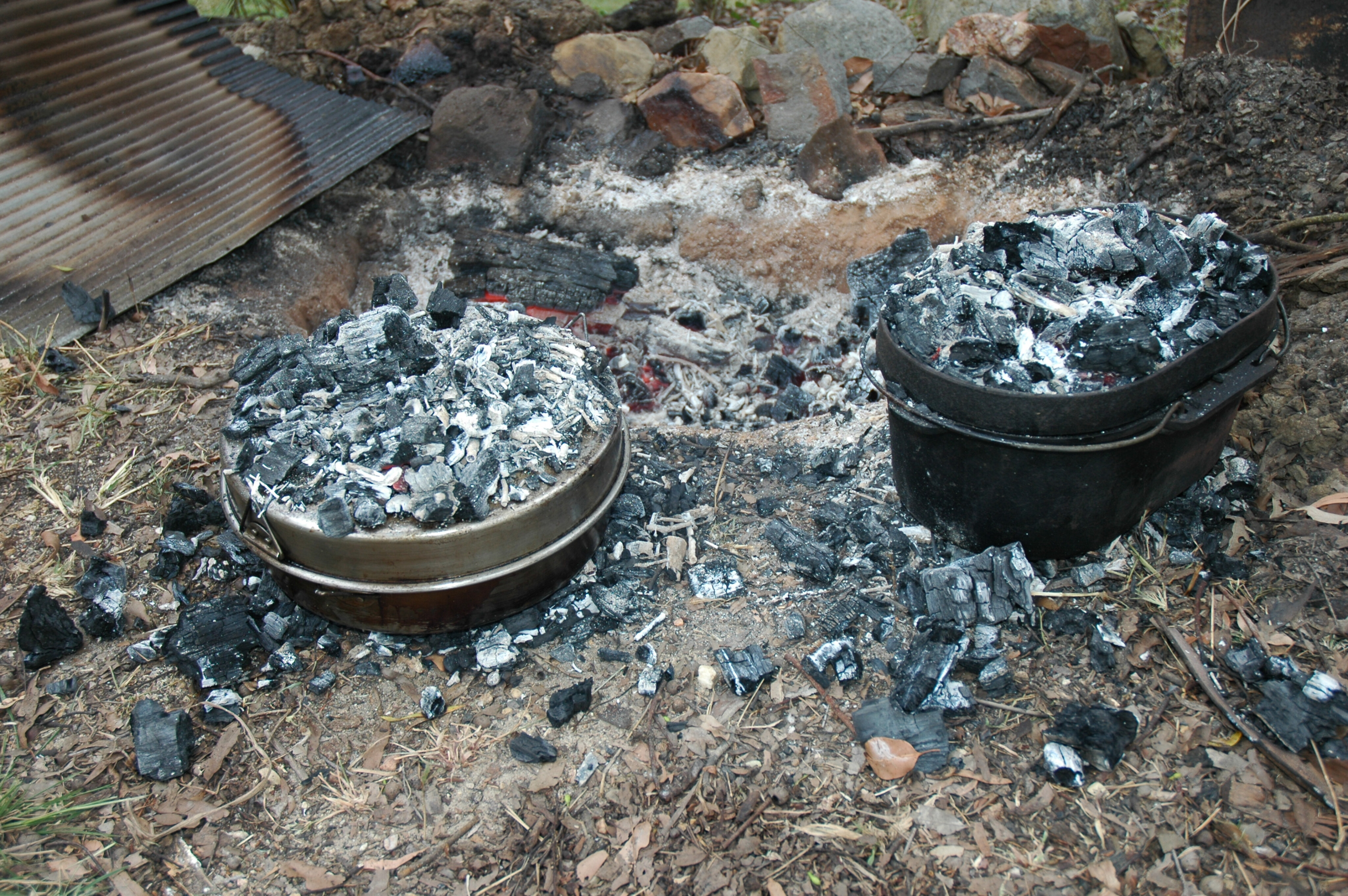
Some people grind the tripod legs off camp ovens for better carriage, but this detracts from their versatility because the legs allow airflow under the oven for better heat distribution when cooking on a bed of coals.
While the camp oven is often described as being foolproof because it won’t burn food, this is incorrect; it will and can burn food if there is too much heat during cooking, or when left too long on a hot fire. You need to keep an eye on it when cooking quick meals.
The oven is best when used to cook slow meals, using proper distribution of hot coals on the lid and under the oven itself. You learn from experience how much heat and time is needed to cook a roast, which may take all day.

When I worked in mustering, fencing and ringbarking camps as a youth, we used to place a lamb roast in one oven and spuds and pumpkin in another. Both were set on small beds of coals, including some on the lid.
The amount varied between the two pots with more heat required for the roast. We went to work for 8-10 hours and on return the food could be smelled a mile away. It tasted so good after a long day in the bush, though I tired from daily lamb roasts and often went hunting for ducks, emu, bustard and kangaroo, all which tasted amazing when cooked in the ovens, especially black duck stew and corned emu. You’d end up in jail for that now…

We often use the same cooking process on our fishing and hunting trips, though care must be taken to avoid bushfire risks.
But that is an easy fix: dig a hole, toss some hot coals in the bottom of it and place the oven on the bed to cook and simmer all day. I carry a 50x50cm section of galvanised iron to place over the hole. It retains the heat and prevents sparks from escaping. Only a little heat is needed to cook in pits as they retain so much heat.
Southern Metal Spinners makes a cover that can be placed over a camp oven or iron cooking pot, which makes it possible to cook on gas burners. Trust me, you won’t be able to tell the difference between gas and coals.
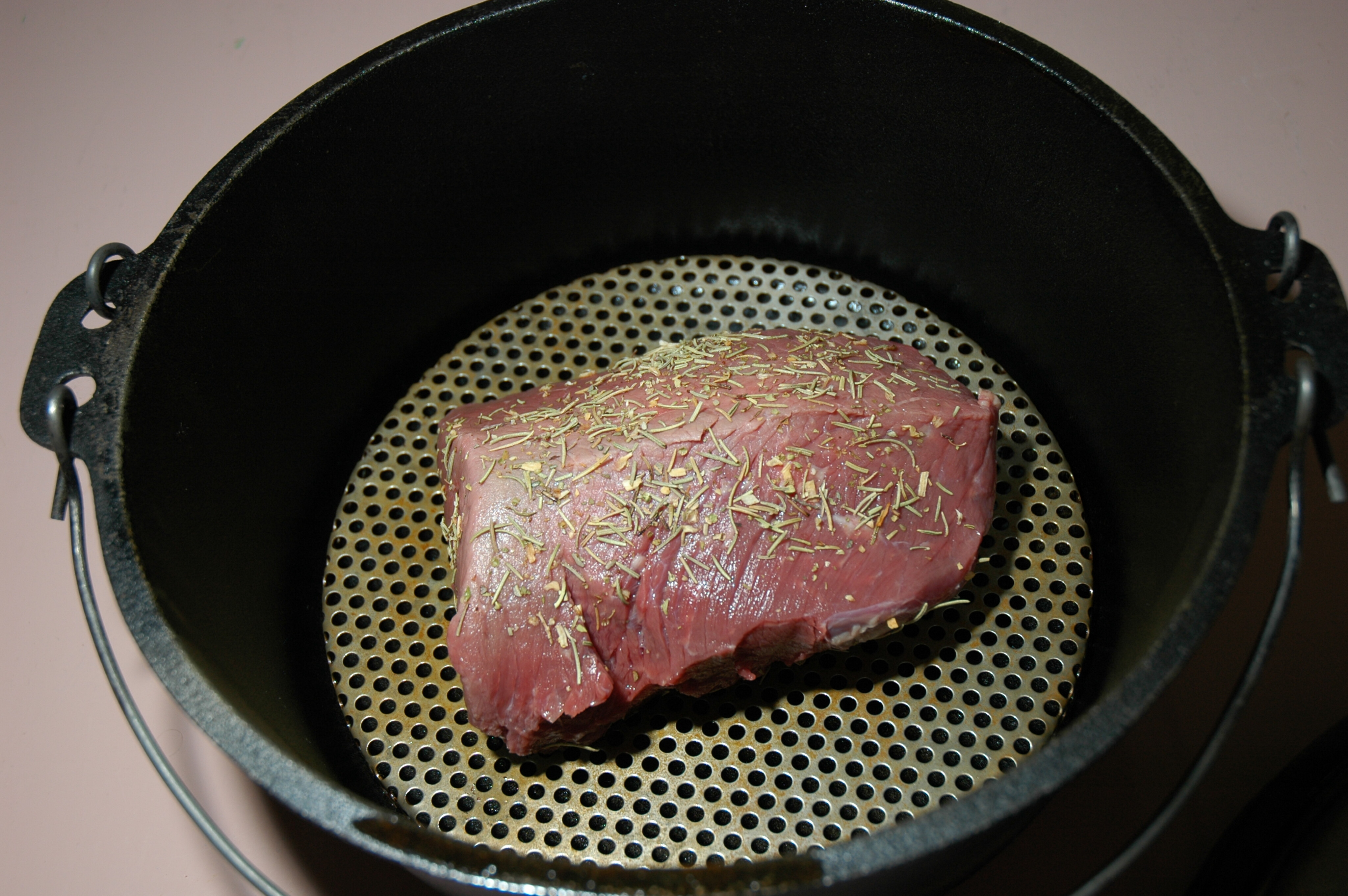
Seasoning and Cleaning
Iron cookware must be seasoned before cooking with it. My method is to wipe a new oven/pan with vinegar and allow it to soak a little.
This gets rid of any rust and debris. Next I toss a lot of lard in it, along with animal fats trimmed from meat, cook it for an hour and stir it about the whole oven and lid, but I never let it burn. When done I toss the stuff out, wipe the oven clean with paper towels and it’s ready for cooking or storing.
Food can stick to the oven if there is too much heat. A little hot water and soap will normally clean it off but be careful not to remove the layer of seasoning embedded in the porous metal. Some people won’t use soap on a camp oven, but it does no harm to it. You may also need to use a plastic scraper or a scrub pad.
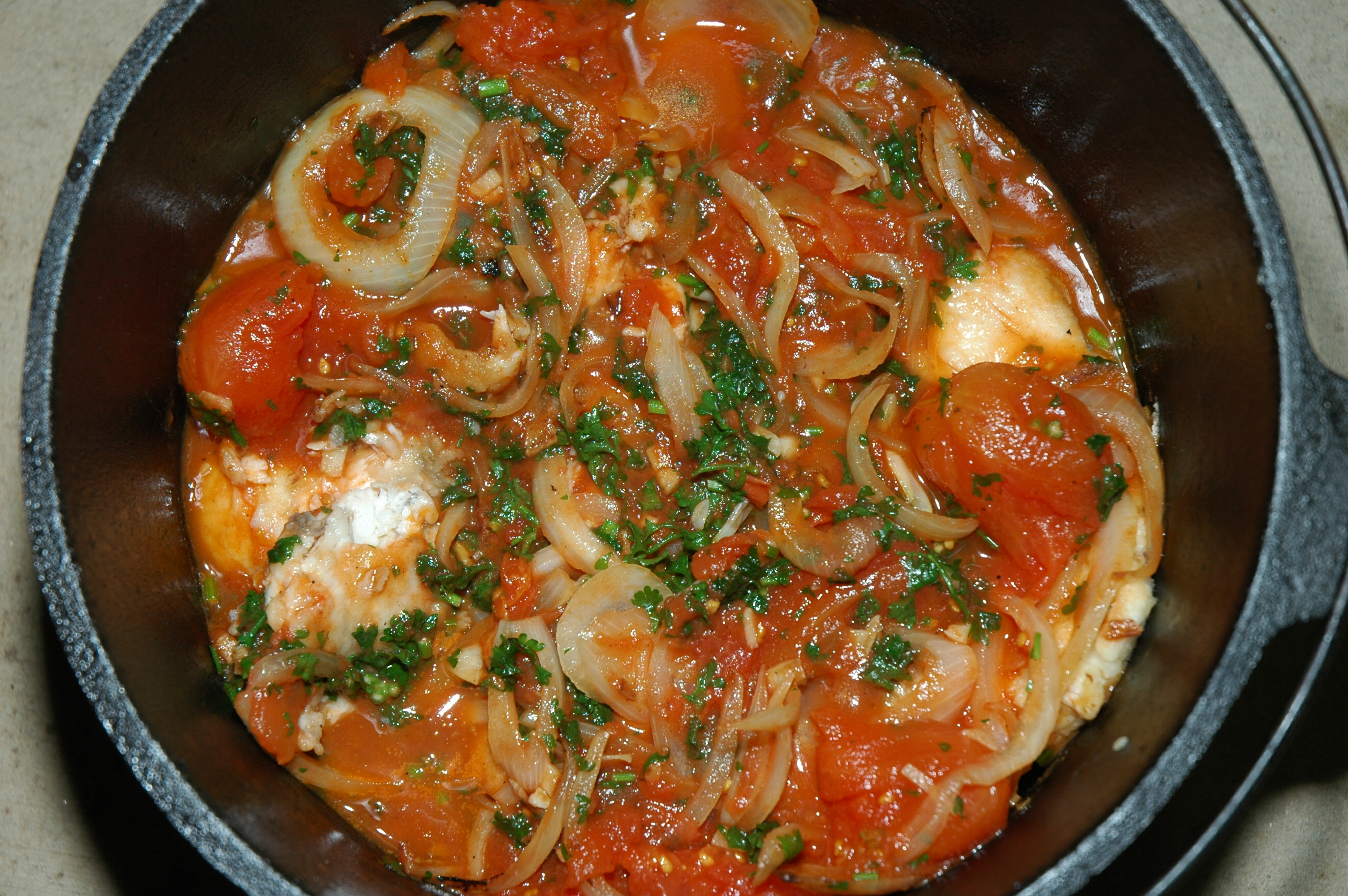
When packing camp, I wipe the oven out with paper towels. I then pour boiling water in it and turn it upside down. The water evaporates and leaves the oven spotless. You can also place it on a fire for a few minutes to get rid of any moisture. Don’t leave any water in it or it will rust.
Once dry, coat the inside with cooking oil, toss a few pages of crumpled newspaper in the oven, and store it with the lid on until needed. The newspaper soaks up moisture. It’s an old bush trick, long forgotten.
You can even clean a badly rusted oven with vinegar; soak it in vinegar for a while but keep an eye on it or the acid will eat the oven away if left overnight. You can treat lightly rusted surfaces by brushing/wiping vinegar on the area, but make sure you wash it off after the rust has dissolved.

Bedourie Camp Ovens
Years ago, aluminium ovens were popular but many people lost interest in them following rumours of stained food taste.
But some are still about and should be treated the same way as iron ovens. Acidic foods like tomatoes should not be cooked in aluminium ovens as it adheres to the porous metal. Stainless steel ovens have the same problem. Both can be restored with a vinegar soak which removes built-up crud and the lingering aftertaste of acidic foods.
My favourite ovens are sprung-steel Bedourie ovens. They are lightweight and easily transported. They have no legs, so they are really cooking pots, though the lid serves as a frypan. You can cook with them on gas stoves or use the traditional ‘coal on the lid’ method and place them on a coal bed. Due to their light construction, they cook food much faster than iron pots, so you have to keep an eye on them to avoid burning food.
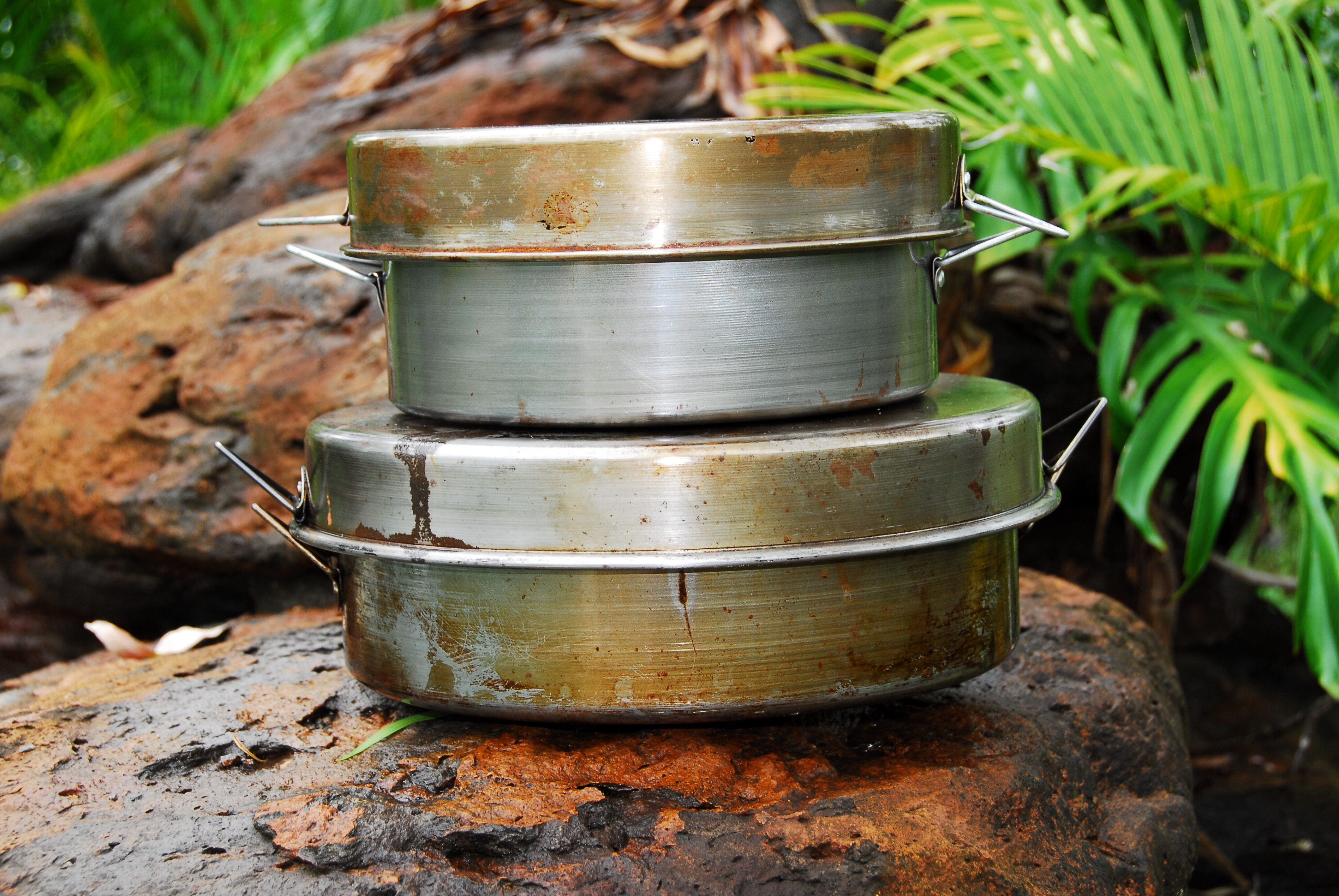
Oven Aids
There are many accessories available for ovens including lid lifters (or use welder/barbecue gloves), storage bags and boxes, and more.
Many first-time users make the mistake of placing the lid on the ground while checking or stirring food; when it’s placed back on the oven, grit and dirt that has stuck to it ends up in the food. To avoid this, place two small lengths of clean timber alongside the cooking fire and place the oven lid on them, or make a proper grid mesh for the lid.
I have been using Campfire products recently to clean my ovens. Campfire Cast Iron Scrub can be used to remove stubborn food particles from ovens. Just pour three tablespoons of it into the oven and use a clean cloth in a circular motion to rid it of any food residue. Rinse with hot water and it’s job done.
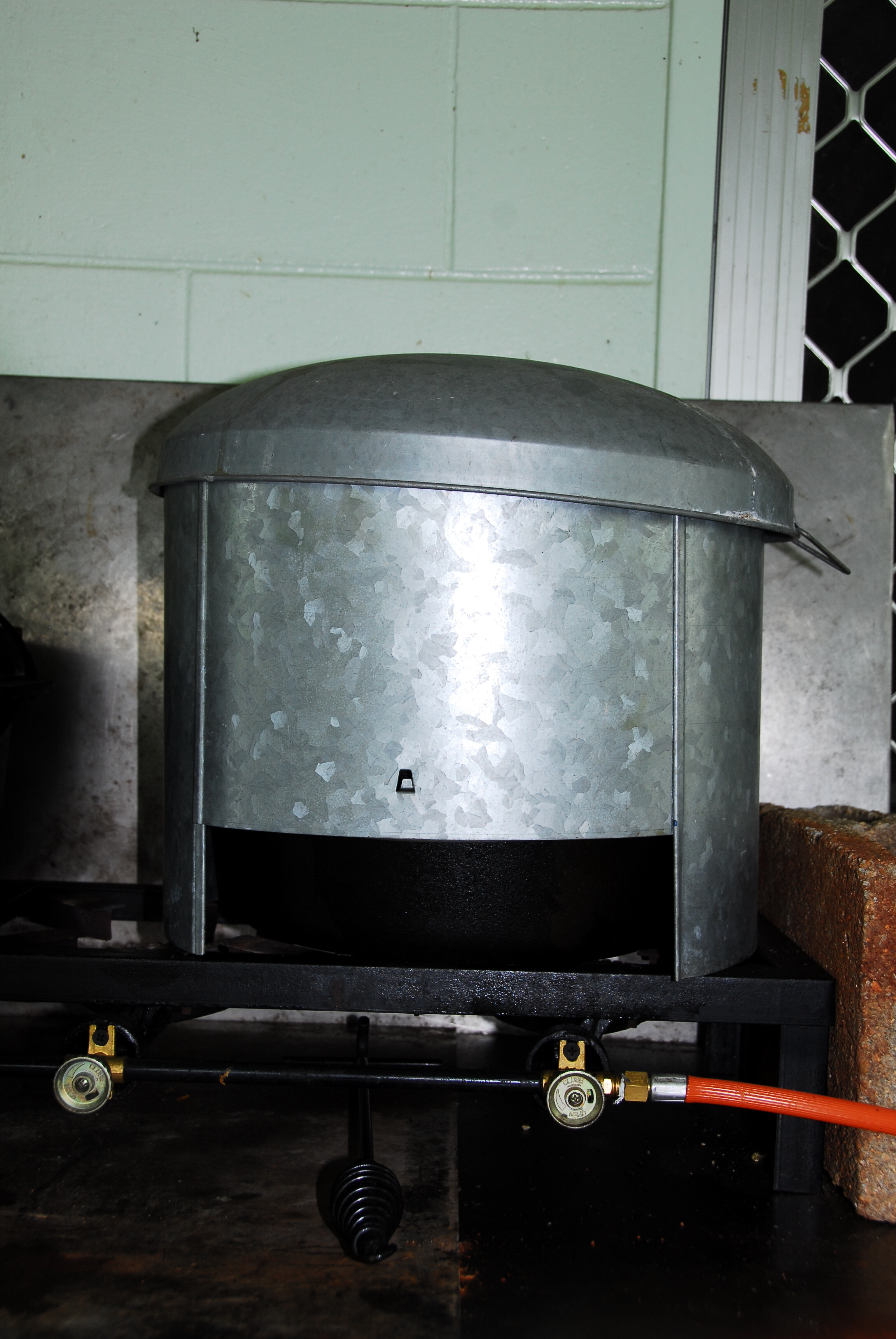
Campfire Cast Iron Seasoning is, as the name suggests, used to season ovens. It contains natural oils, a combination of coconut, rosemary and lemongrass oils. After cleaning, wipe the inside of the oven with Iron Seasoning for storage to prevent food from baking on the surface the next time you use the oven.
And don’t forget to oil the outer surface of ovens before storing or they will rust over time.
Cooking with camp ovens is simple and almost foolproof, while caring for them is common sense. Ovens are amazing camp aids, do not miss out on the joys of cooking with one on a friendly campfire.

COMMENTS